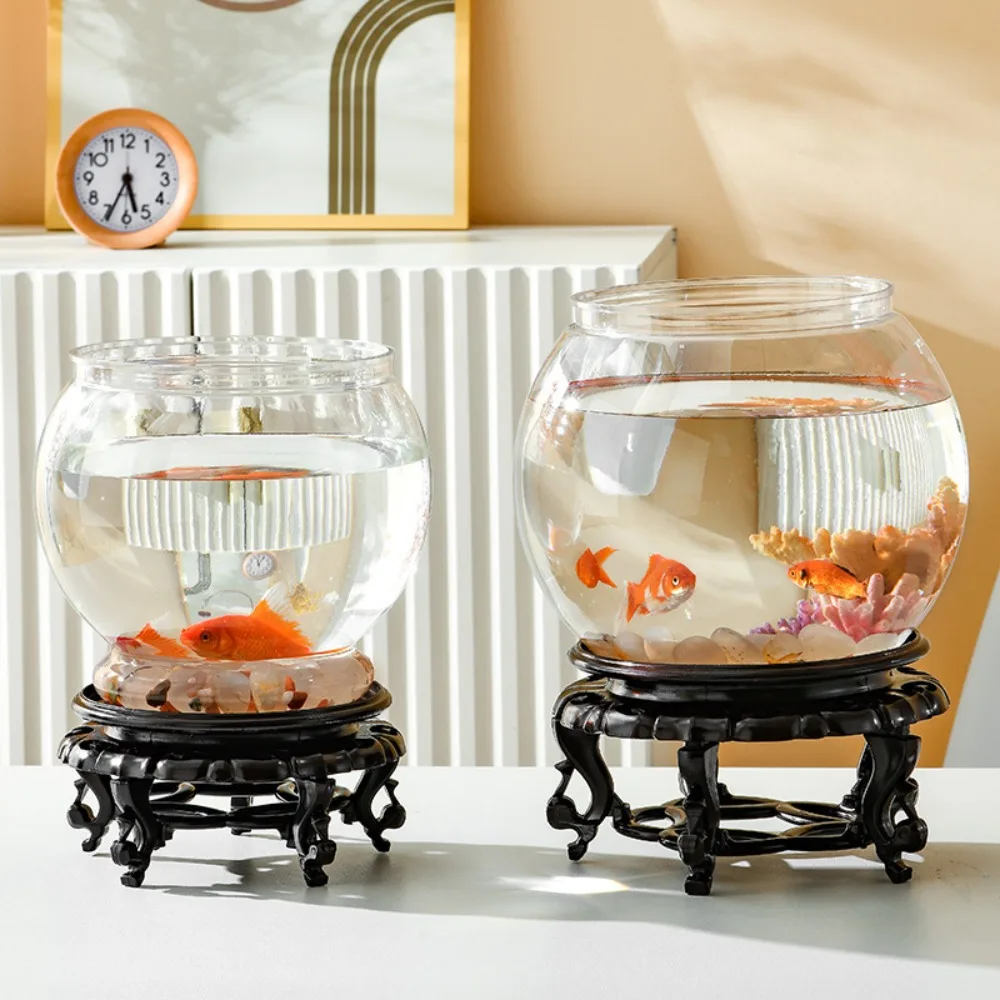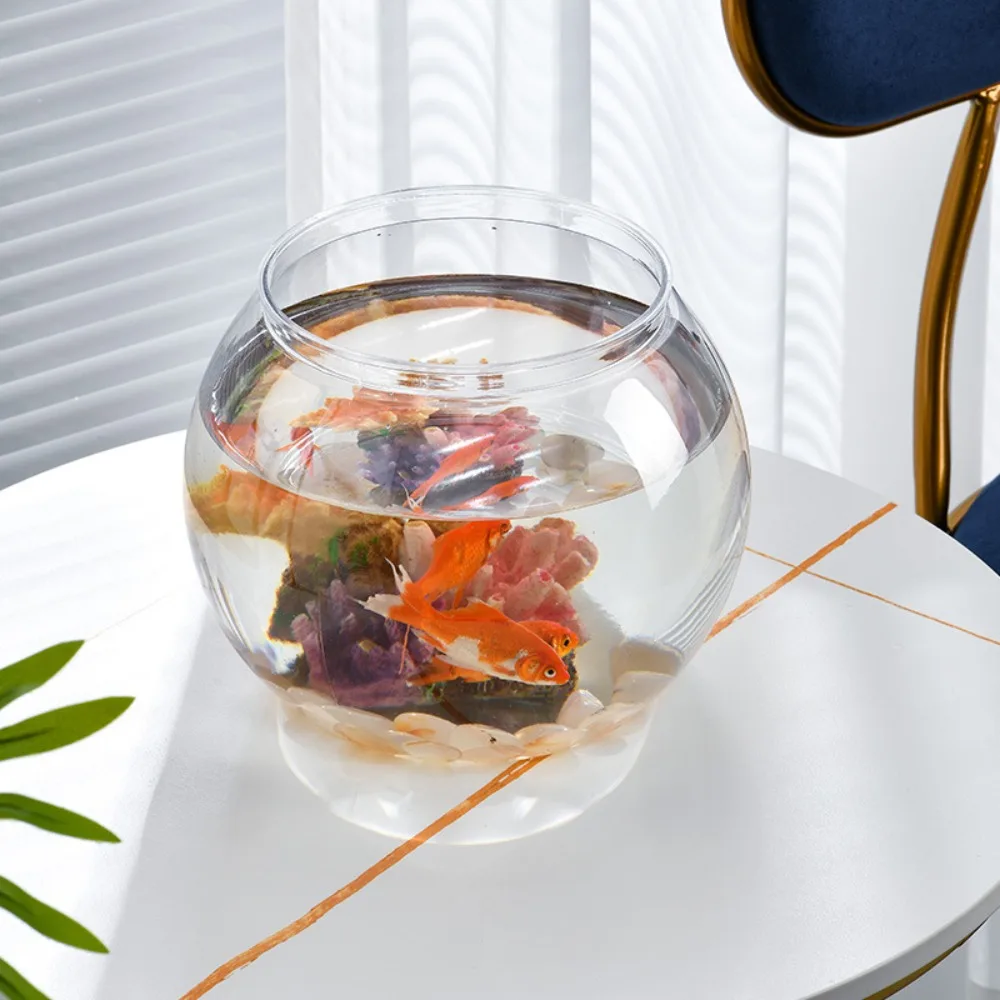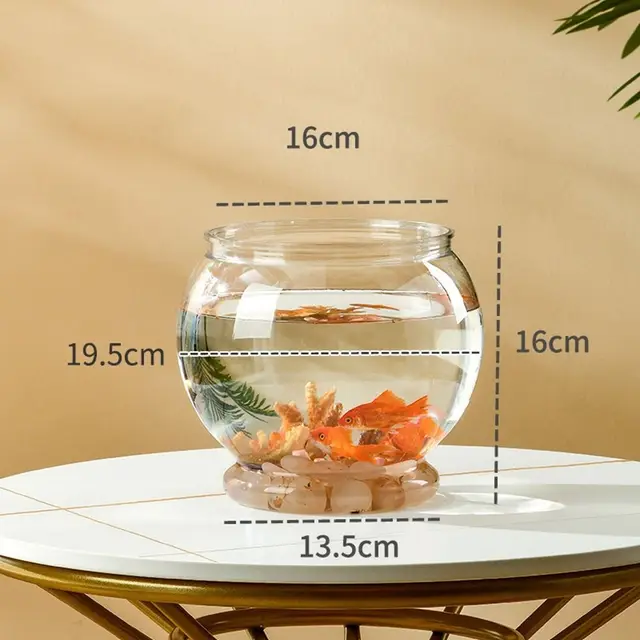Maintaining a healthy and visually appealing fish tank is an endeavor cherished by aquarists worldwide. One common problem that often frustrates tank owners is the unwanted film or oily residue that forms on the water surface. This article will guide you through How to Prevent Film Build-Up on Top of Your Fish Tank: Tips and Tricks. We’ll explore causes, preventive measures, and maintenance routines that will help you keep your aquatic environment pristine.
Understanding the Causes of Film Build-Up
Before delving into preventive measures, it’s crucial to understand the factors contributing to film formation on the water’s surface. Film build-up usually consists of proteins, oils, and other dissolved organics that aggregate on the surface. These substances often come from fish food, fish waste, plant material, or even external contaminants like dust and oils from hands or equipment.
For instance, high protein fish foods can leave behind greasy residues. Uneaten food particles decompose and produce organic waste that floats to the surface. Additionally, oils from household activities or pollutants can find their way into your tank, causing a film. Understanding these causes is the first step towards effectively managing them.

Choosing the Right Filtration System
A top-tier filtration system is essential for reducing surface build-up. A good filter not only removes tiny particles but also keeps the water circulating, preventing the formation of a stagnant film. There are various types of filters to choose from, including sponge filters, hang-on-back filters, and canister filters.
Surface-skimming filters are particularly effective in combating surface film. These filters draw water from the surface, removing the oily layer before it has a chance to accumulate. When selecting a filter, ensure it’s suitable for your tank’s size and type. A well-matched filtration system can make a significant difference in maintaining film-free water.
Regular Water Changes and Maintenance
Frequent water changes are indispensable for preventing film build-up. Routine maintenance reduces dissolved organics and other unwanted materials that can drift to the surface. Aim for a water change of about 25-30% every two weeks, using a siphon to remove debris from the substrate and prevent accumulation of potential pollutants.
During water changes, use a water conditioner to neutralize chlorine and other harmful chemicals that may contribute to film formation. Consistent water changes keep the tank environment optimal for fish health and reduce the likelihood of surface film.
Feeding Practices and Food Selection
Feeding practices significantly influence film build-up. Overfeeding is a primary culprit that introduces excess nutrients and proteins into the water. Only feed your fish what they can eat within a few minutes. Remove any uneaten food promptly to prevent it from decomposing and contributing to surface oil.
Opt for high-quality fish foods that produce minimal waste. Pellets and flakes are generally less likely to leave greasy residues compared to live or frozen foods. If you use live or frozen foods, rinse them thoroughly to remove any excess oils before adding them to the tank. Proper feeding routines ensure that minimal organic waste accumulates, reducing the risk of surface film.
Enhancing Water Circulation and Aeration
Efficient water circulation and aeration are paramount in preventing stagnant surface conditions conducive to film formation. Install a good quality air pump with airstones to create bubbles that agitate the water surface, helping to break up the film and promote gas exchange.
Powerheads and wavemakers can also enhance water movement, creating currents that hinder the accumulation of surface oils. Position these devices in a way that optimizes circulation throughout the tank. A well-oxygenated and dynamic water environment discourages the formation of film and promotes overall fish health.
Incorporating Surface Agitation Techniques
Surface agitation disrupts the accumulation of organic materials and oils at the water surface. Using an air pump with airstones, spray bars, or directing filter outputs towards the water surface can help. These devices create ripples and currents that break up and prevent film layers from forming.
Surface skimmers, either built-in or standalone, are also effective tools. These devices draw water from the surface into the filtration system, removing the film before it can build up. Regularly cleaning and maintaining these tools ensures their effectiveness and longevity in combating surface film.

Natural Solutions: The Role of Live Plants
Live plants play a crucial role in maintaining water quality and reducing film build-up. Plants absorb excess nutrients, reducing the food available for algae and microorganisms that contribute to surface film. Fast-growing plants such as duckweed, water lettuce, or floating fern can be particularly effective.
Floating plants cover the water surface, reducing light penetration and the likelihood of film build-up. They also absorb nutrients directly from the water, further improving water quality. Incorporating a variety of live plants not only enhances the aesthetic appeal of your tank but also acts as a natural deterrent to surface film.
Cleaning Techniques for Existing Film
If your tank already has surface film, there are efficient ways to remove it. One common method is using paper towels or aquarium-safe sponges to gently skim the surface. Another technique involves using a brine shrimp net to remove the oily film.
For a more automated solution, invest in a surface skimmer attachment that can be connected to your existing filter. Regularly cleaning filter media and other equipment also prevents the build-up of substances that contribute to surface film. Ensuring your tools are clean and functioning optimally is crucial for maintaining a healthy tank environment.
Monitor and Adjust Water Parameters
Maintaining proper water parameters is essential in preventing surface film. Regularly test your water for pH, ammonia, nitrite, and nitrate levels. Imbalances in these parameters can contribute to the production of organic waste and surface film.
Adjusting your tank’s parameters to optimal levels ensures a healthier environment for your fish and plants. Use water conditioners, pH adjusters, and buffers as necessary. Monitoring water parameters helps in early detection of potential issues, allowing you to address them before they contribute to surface film.
Regular Tank Maintenance Schedule
A well-structured maintenance schedule is key to preventing film build-up. Develop a routine that includes weekly visual inspections, bi-weekly water changes, monthly filter cleanings, and periodic checks on equipment and water parameters.
Consistency is crucial in tank maintenance. Regularly scheduled tasks ensure that issues are identified and addressed promptly, preventing the gradual accumulation of surface film. Documenting your maintenance activities can help you track changes in your tank and adjust your routine as needed.

Avoiding Contaminants from External Sources
External contaminants can inadvertently find their way into your tank, contributing to surface film. Oils, lotions, and dirt from your hands can introduce unwanted substances. Always wash your hands thoroughly and use tools specifically designated for tank maintenance.
Additionally, keep the tank environment free from household pollutants such as aerosol sprays, perfumes, or cleaning agents. An aquarium cover can also help protect the tank from dust and other aerial contaminants. Taking precautions to avoid introducing external pollutants is vital for maintaining clean water.
Choosing Tank Inhabitants Wisely
The type and number of fish in your tank can influence the likelihood of film build-up. Some fish produce more waste, and overstocking the tank can lead to excess nutrients and surface film. Research the species you intend to keep and ensure they are suitable for your tank size and filtration capacity.
Certain species, like surface-dwelling fish, can naturally help in reducing surface film as they move across the water’s surface, promoting agitation. Balancing the tank’s bioload ensures a healthier environment and reduces the incidence of surface film.
Conclusion: An Ongoing Commitment to Tank Health
Preventing film build-up on top of your fish tank requires a multi-faceted approach and ongoing commitment. By understanding the causes, implementing effective filtration systems, maintaining regular water changes, and adopting proper feeding and cleaning practices, you can create a pristine environment for your aquatic pets.
Incorporating natural solutions such as live plants and ensuring proper water circulation also significantly reduce the occurrence of surface film. Regular monitoring, maintenance, and taking preventive measures against external contaminants further ensure that your tank remains free from unsightly film.
Remember, consistency is key. Regular oversight and dedication to maintaining your tank’s health will keep it looking its best while supporting a thriving aquatic ecosystem. With these tips and tricks on How to Prevent Film Build-Up on Top of Your Fish Tank, you are well-equipped to enjoy a clear and beautiful aquarium.










